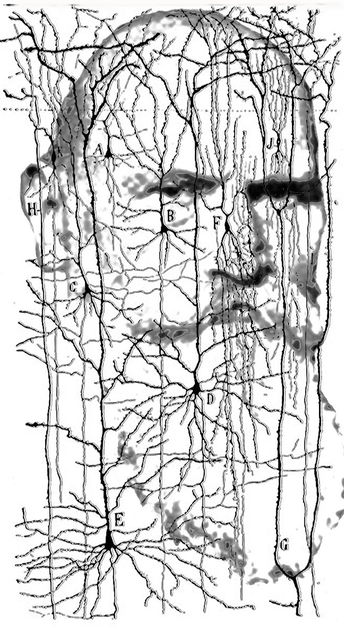Heinrich Wilhelm Gottfried von Waldeyer1836–1921
By naming the nerve cell, fibre and arborizations the ‘Neurone’ in 1891 and supporting the theory that they were the fundamental structural and functional units of the nervous system, Waldeyer is considered a founder of the neuron doctrine. He stated that neurons consist of three parts (cell body, nerve fibre and terminal branches) and that conduction can take place either from or towards the arborizations. He introduced the term ‘Neurone’ in a series of short reviews on recent research concerning brain function in a weekly magazine of German medicine. In these he focused on Cajal’s staining studies, and on his advocacy of the nerve as a basic element. Cajal suggested, somewhat unkindly, that all Waldeyer had contributed was the word itself. Waldeyer’s portrait is shown in neuron structures that he named. He also introduced the term chromosome. In 1883 Waldeyer was appointed professor of anatomy at Berlin, and he did relatively little original research thereafter, but produced articles and books surveying the anatomical scene. It is in this context that his name is remembered in neuroscience.
